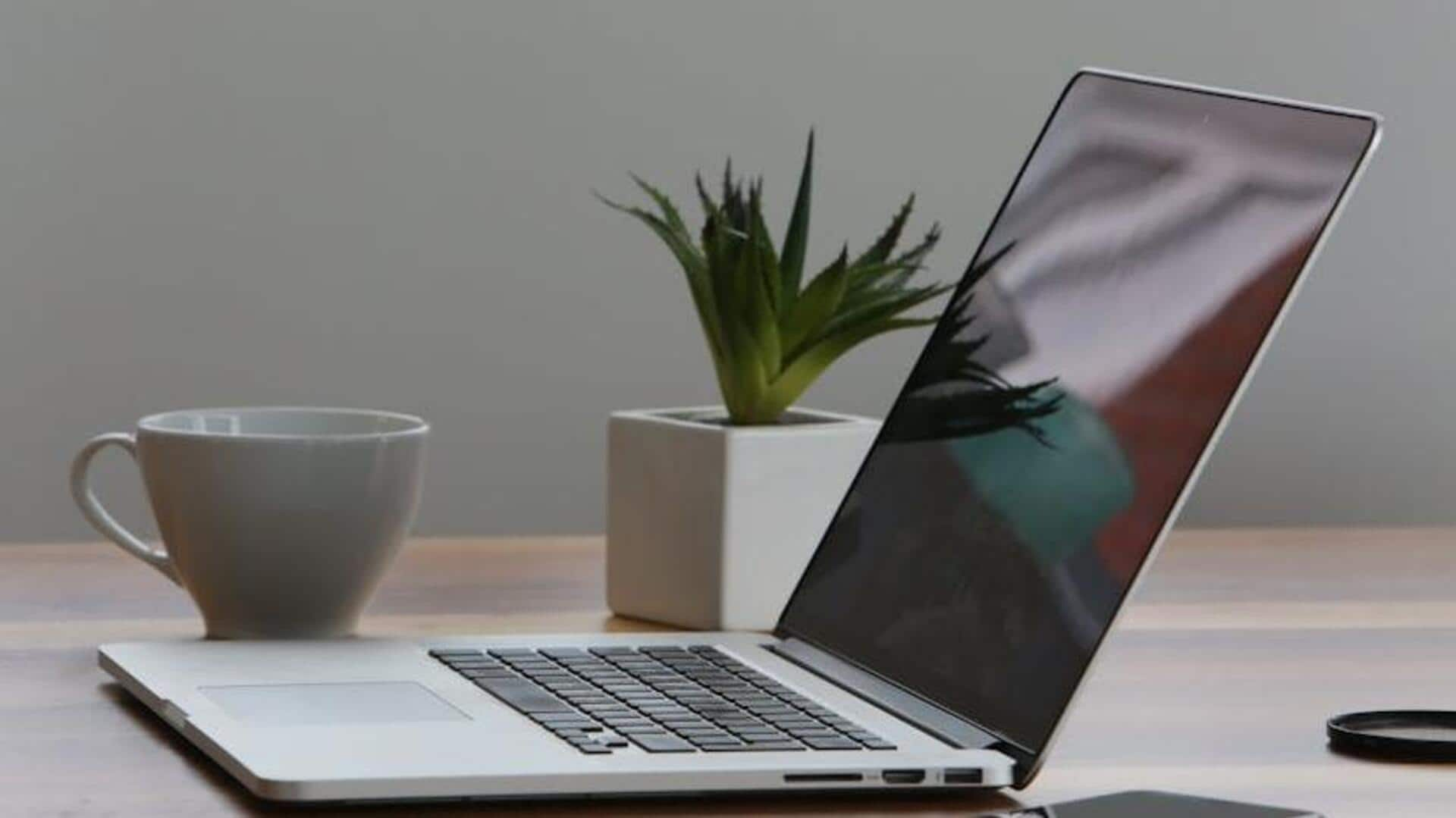
How to secure your laptop
What's the story
Biometric technology is fast becoming a go-to way to secure laptops. Using unique biological features, like fingerprints or facial recognition, you can make your devices more secure than ever. It provides a more personalized and secure way to keep confidential data safe than regular passwords. As cyber threats grow, adding biometric security to your laptop can be a key step in protecting your data.
Fingerprint security
Fingerprint scanners for quick access
Today, fingerprint scanners represent one of the most common forms of biometric security in laptops. They offer quick access, letting users unlock their devices with just a touch. This way, not only do you save time, but also the risk of unauthorized access is minimized (because fingerprints are unique to everyone). In fact, many modern laptops ship with built-in fingerprint scanners.
Facial recognition
Facial recognition for enhanced protection
Facial recognition technology employs advanced algorithms to identify and authenticate users based on their facial features. The method adds an extra layer of protection, as it requires the presence of the authorized user's face to unlock the device. It comes particularly handy in an environment where several people have access to a laptop, making sure only authorized individuals can gain entry.
Voice authentication
Voice recognition as an alternative option
Voice recognition is yet another variant of biometric security that can be deployed on laptops. By studying vocal patterns, this tech lets you unlock your device with voice commands. Though not as commonly used as fingerprint or facial recognition, voice authentication serves as an alternative option for those looking for a variety of ways to secure their laptops.
Multi-factor security
Multi-factor authentication combining biometrics
For added security, consider combining biometric methods with other forms of authentication, such as passwords or PINs, in a multi-factor authentication setup. This way, you would have to cross multiple verification steps before getting access, which would drastically reduce chances of unauthorized entry even if one layer is compromised. Multi-factor authentication improves the overall protection of a device by leveraging biometrics and traditional security measures together.